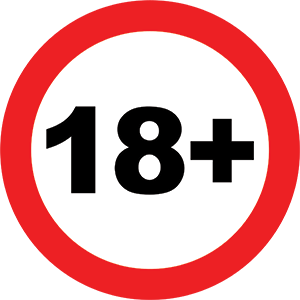
How to Read Line Movement Like a Market Analyst
Understanding line movement is one of the most valuable skills in sports trading. Much like watching price charts in the financial markets, tracking how betting lines move can tell you a lot about where the sharp money is flowing, how public sentiment is shifting, and where value may still exist. In this guide, you'll learn how to read line movement like a true market analyst.
1. What Is Line Movement?
Line movement refers to the shift in odds or point spreads offered by bookmakers before or during an event. These changes are typically a response to:
-
Changes in betting volume
-
Injuries or team news
-
Market corrections
-
Syndicate (sharp money) activity
-
Public betting trends
When lines move, they signal a shift in market expectations—and that’s your opportunity to act.
2. Types of Line Movement
✨ Opening vs. Closing Line
-
Opening Line: The first odds or point spread set by a bookmaker.
-
Closing Line: The final odds just before the event begins.
The goal of many professional traders is to beat the closing line value (CLV) consistently—a key marker of long-term edge.
Steam Moves
Sharp bettors or syndicates place large wagers across multiple books, causing quick and significant line movement. These are usually respected by the market.
Reverse Line Movement
When the betting public heavily backs one side, but the line moves in the opposite direction, this typically indicates sharp money is coming in on the other side.
3. Why Line Movement Matters
-
Reveals Market Sentiment: Understand who the market favors and when.
-
Identifies Sharp Money: Follow large or unexpected shifts to detect professional involvement.
-
Validates Your Edge: If the line moves in your favor after you bet, you likely found value.
-
Exposes Public Traps: Sometimes books move lines to attract more bets on the wrong side.
4. How to Analyze Line Movement Like a Pro
Use Odds Comparison Tools
Sites like OddsPortal, Betfair, or other exchange platforms allow you to track real-time odds movement across sportsbooks.
Monitor Timing
-
Early moves often reflect sharp betting or syndicate activity.
-
Late moves might be reactions to team news or final public sentiment.
Focus on Key Numbers
In sports like American football or basketball, line moves around key margins (like 3 or 7 in the NFL) are much more meaningful than a shift from 8.5 to 9.
Look Beyond the Move
Ask why the line moved. Was there late injury news? Did the public pile in? Is this manipulation or genuine market sentiment?
Track CLV Consistently
If your closing line value is consistently better than market, you're trading with long-term edge.
5. Common Mistakes to Avoid
-
Blindly tailing steam moves without understanding context
-
Confusing public money with sharp action
-
Failing to adjust your model after a market correction
-
Ignoring live odds movement in in-play trading.
Conclusion
Line movement isn’t just a response to money—it’s a signal of the market’s evolving opinion. When you learn to read it like a market analyst, you gain an edge that few casual bettors ever see.
Stay disciplined, watch the timing, track the money, and always ask: what is this move telling me?
Ready to apply this in real-time? Dive into live markets with SportsTrade and put your analysis to work.










